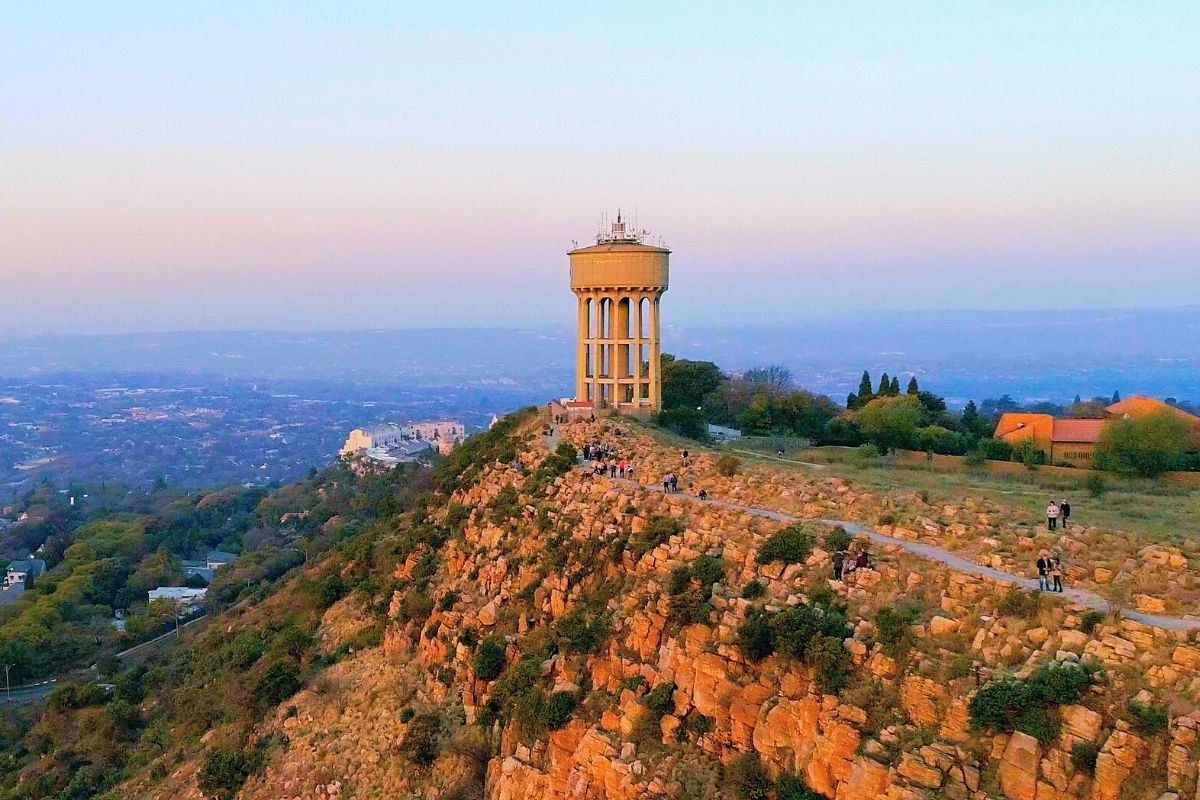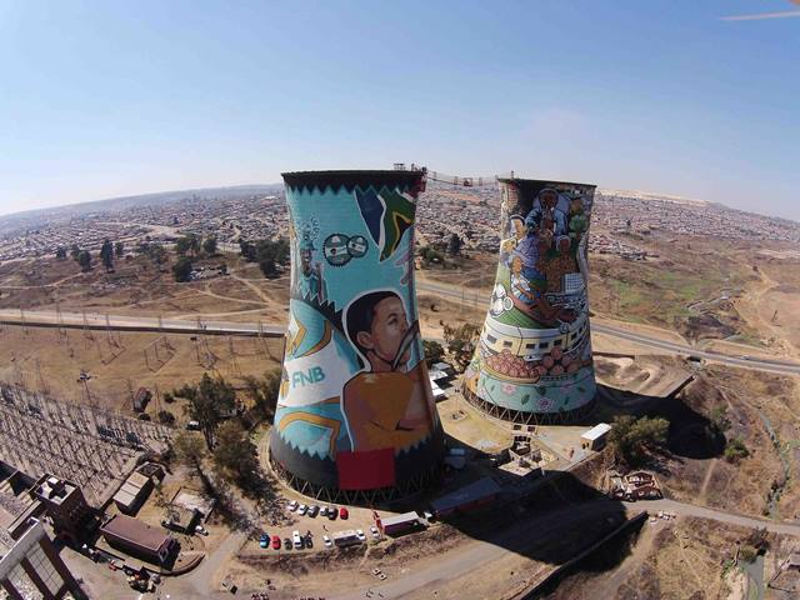What Does Johannesburg North Attractions Mean?
What Does Johannesburg North Attractions Mean?
Blog Article
The 7-Second Trick For Johannesburg North Attractions
Table of ContentsThe Basic Principles Of Johannesburg North Attractions A Biased View of Johannesburg North AttractionsNot known Facts About Johannesburg North AttractionsThe Best Guide To Johannesburg North AttractionsThe Single Strategy To Use For Johannesburg North AttractionsAll about Johannesburg North Attractions
The city owes its location to the presence of a a lot more valuable resource: gold. The city grew on the edge of the Witwatersrand Main Coral reef, a below ground stratum of gold-bearing quartz-silica corporation that arcs for hundreds of miles beneath the Highveld. The majority of the gold mines in the city discontinued procedure in the 1970s, however in its day the Witwatersrand gold industry represented greater than 40 percent of the globe's annual gold manufacturing.Johannesburg has a warm climate. The city takes pleasure in about 8 hours of sunlight per day in both winter months and summertime.
What rainfall the city receives drops almost solely in the summertime, frequently in incredible late-afternoon electrical storms. Air air pollution positions a substantial problem, particularly in the winter season, when thermal inversions impede the westward flow of air from the Indian Sea. Air pollution is most serious in the densely settled Black municipalities on the city's perimeter, where many locals still depend on coal for fuel.

Johannesburg North Attractions for Dummies
The equilibrium of the city is inhabited by whites. Accommodation differs in character and top quality. Soweto is notorious for its limitless rows of municipally built, two-room matchbox homes, yet it likewise has a couple of flourishing enclaves in addition to bristling squatter camps, where tens of thousands live without water, electrical energy, or sanitation facilities.
Physical growth, although rather limited by transportation, continued swiftly as migration to South Africa, and Johannesburg in particular, enhanced significantly. This issue was fixed in the 1930s when the automobile was introduced in mass production to South Africa. Vehicles were, essentially, restricted to the rich, and allowed them to transfer to the north of the city and commute into the centre.
Many poor residential areas were blended, with inadequate blacks and whites living with each other, although the rich suburbs were usually booked for whites.
The number of people living in the internal city on an informal basis is unidentified, as several are prohibited immigrants. The unemployment, education and learning, and age profiles of the area are all unknown, due to the problem of getting reliable details concerning the area.
Not known Factual Statements About Johannesburg North Attractions
Yeoville and Bellevue have a mix of home buildings and solitary domestic units on little lots. The area is located on a hilly divide that runs from eastern to west.

Johannesburg Arena, a training school for both the Golden Lions and Orlando Pirates, is adjacent. The eastern suburbs of Johannesburg lie in the city's 7th [] and 9th [] regions. The area is likewise functionally incorporated with East Rand boundary communities beyond the official border of Johannesburg, such as Bedfordview and Edenvale (both component of Ekurhuleni Metropolitan District).
Some Known Questions About Johannesburg North Attractions.
R. Tambo International Airport). The eastern suburbs are several of the oldest areas of Johannesburg, there are huge neighborhoods of Jewish and other European backgrounds, the bulk of the populace is English speaking. There are three golf links as well as a number of protected ridges with viewsites. There are several you could look here strong and up-market enjoyment and purchasing locations in the east such as the Eastgate Mall and the Greenstone shopping center.
Initially built to house male migrant workers, many have been enhanced as residences for couples and families. The suburban area was not traditionally enabled to develop work centres within the location, so almost all of its locals are travelers to various check out here other components of the city.
Unknown Facts About Johannesburg North Attractions
The N1 Western Bypass attaches the north suburban areas with the north-western residential areas. The suburbs in the northern suburban areas are generally official, without significant areas of informal housing, or housing that does not have an irreversible structure. This is an established area, there is a trend of land usage adjustment from household to industrial, particularly along primary arterial roadways and around well established nodes.
The area is well attached to road networks, specifically along the north-south axis developed by the M1 and N1. Roadways to the eastern and west are less well established, as there are no freeways travelling because direction. Towards the north border of the city, the thickness of development decreases, check these guys out leaving big locations of undeveloped land around Midrand.
Johannesburg North Attractions - An Overview
, which is located on a hillside overlooking the internal city and Hillbrow.
Report this page